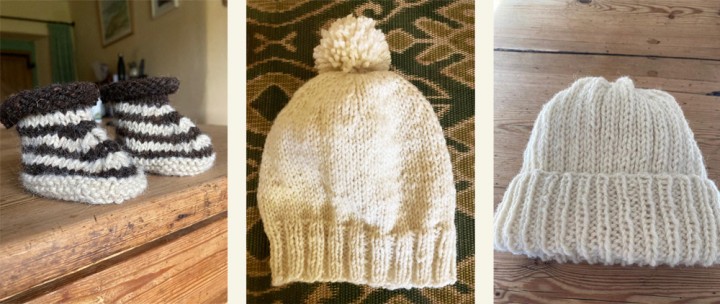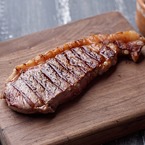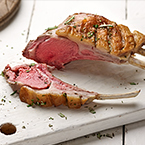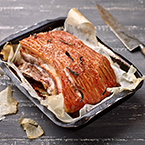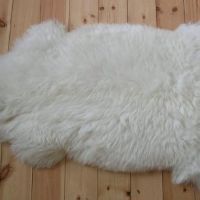The first month of summer and at last, the weather is a bit more user-friendly, although as farmers we did welcome the rain of recent weeks. We often think nostalgically of May – spring flowers, fluffy lambs and glorious blue skies, but the old saying rings true (as they often do) – don’t cast aside your winter clothes until May is over. Perhaps the endless rain of last month was not totally unexpected after all.
But now we’ve got our fingers crossed for some dry weather. Silaging starts in June; we’ll be making big round bales with sweet organic grasses for the leaner winter months.
We’ll also be shearing our flock of Lleyn ewes - an energetic, noisy process that heralds the start of a warmer season on the farm.
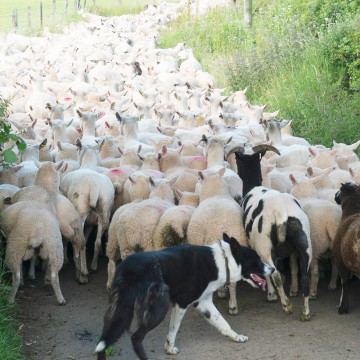
Shearing has always been important for animal welfare – as fleeces grow they begin attracting flies, of which we have many, especially as this is such a biodiverse farm with many trees, hedges and ponds. And while we welcome all insects and widlife, the downside comes when flies burrow into the thick fleece to lay their eggs - it can lead to maggot infestation which is as unpleasant as it sounds. By relieving the ewes of their heavy coats not only do we reduce the risk of fly strike we also make them feel much more comfortable as the temperature rises.
Wool is made up of keratin, just like human hair. And just like human hair it is protected and nourished with oils – but unlike our hair these oils don’t get washed out with perfumed surfactants a few times a week. A sheep’s fleece is therefore very greasy, particularly on a hot day when ‘the yoke is rising’. But it makes sense to shear on days like these – the clippers run much more smoothly through the dense wool and the fibres are less brittle when the lanolin has softened.
Sheep wool is an incredible natural product. It is designed to keep the animal warm and dry in extreme weather conditions and can be used for a multitude of purposes by humans. Additionally, unlike cotton it doesn’t cause excess pollution in production and therefore it amazes us that the world hasn’t cottoned on to this (excuse the pun) and made the most of the wonder of wool.
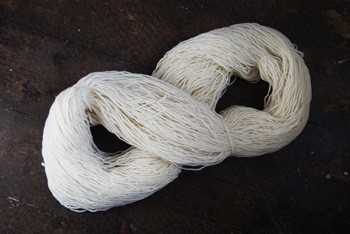
Wool can’t get any cheaper – it actually costs farmers more to shear a sheep than they get paid for the sale of a fleece. Add in the extra labour and transport costs of taking fleeces to be processed and it is no wonder that some farmers are dumping their shorn fleeces instead. It seems like utter madness to us that the world is still churning out synthetic petroleum-based yarns for clothing (including the ironically named 'fleece') which shed harmful fibres into the water system every time they are washed when we could all be making more use of beautifully natural (and naturally beautiful) inexpensive wool.
But perhaps the tide is about to turn. Inevitably, there is an increasing awareness of the importance of sustainable production in a world where the ratio of people to resources is becoming more worrying by the day. Add to this the rise in popularity during lockdown of gentle TV programmes that champion a less consumer-focused world (The Repair Shop for example) and we hope that soon, the forces of influence in the world will steer the public’s desire towards more natural, woolly goods.
In the meantime, we are enjoying our own organic wool tremendously.
I’ve been dyeing yarns with natural plant dyes ready to knit a new jumper for Tim. It was all a bit ‘double double toil and trouble; fire burn and cauldron bubble’ for a while but then this lichen-like colour emerged and is going to look gorgeous when it’s knitted.
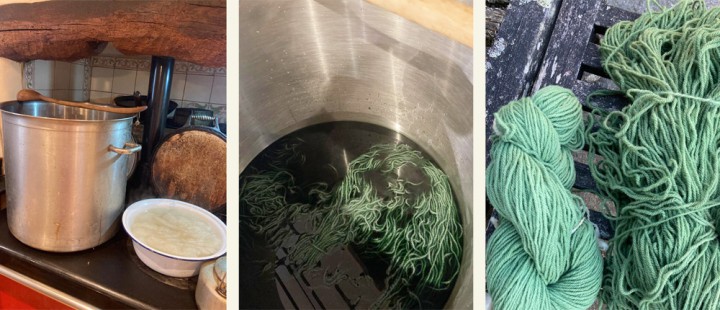
Less ambitious but so much fun to make were these baby booties for my nephew's little boy and some simple hats for my niece's twin baby girl and boy – essential everyday wear until very recently. Let’s hope they won’t need them again until the autumn, but by then they will have grown out of them, more knitting....!
